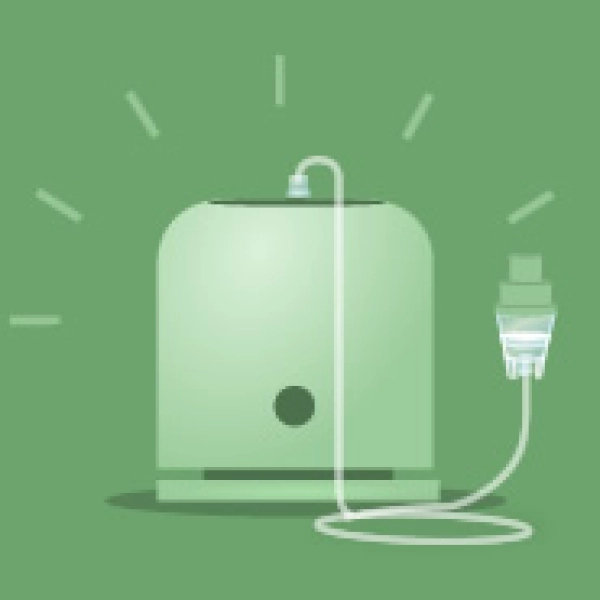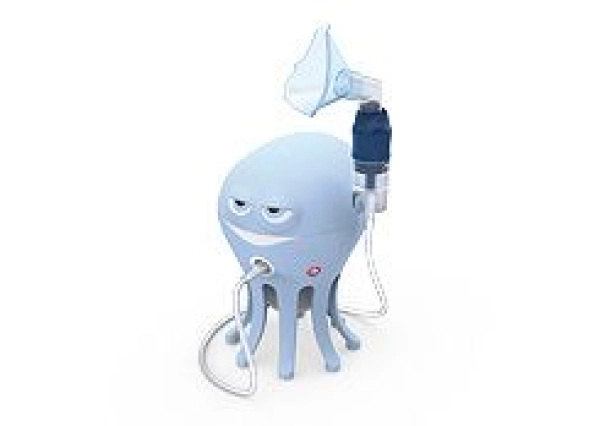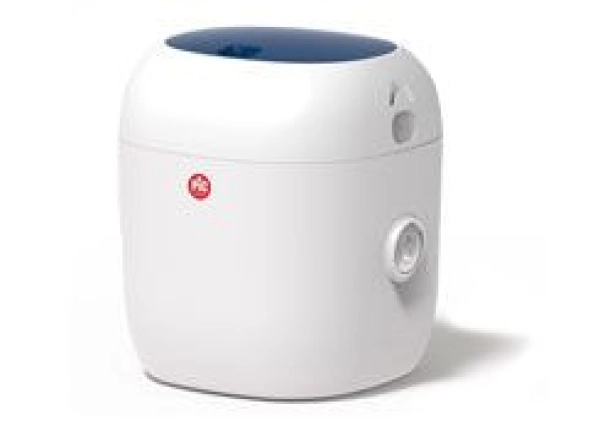

Nasal plasters promote better breathing by gently exerting mechanical force on the outer nostril walls, the so-called wings of the nostrils. They can be used during the day, for nasal congestion, during sports activities and at night to reduce snoring. Nasal strips are easy to use.
Make sure that the surface of the nose is clean and dry. Various types of nasal plasters are available on the market, but, generally speaking, the adhesive fabric of these devices is dermatologically tested and does not contain PVC. Useful advice: it is best not to use the strips on irritated skin.
It works like any other plaster strip: for proper application first rest the plaster on the nasal septum at the level of the nostrils and then use your fingers to ensure the entire length of the plaster adheres gently to the skin.
A nasal strip is a valid aid that helps alleviate nasal and mucosal congestion, which may be the result of a common cold or seasonal allergy, for example. It can be used to make breathing easier during the day.
Nasal strips can also be applied at night to reduce snoring. By facilitating airflow through the nasal cavities, the strips limit annoying vibrations. Nasal strips are disposable products and need to be applied each night.
Nasal plasters also improve breathing during moderate physical exercise, like light jogging or cycling. By improving airflow at the opening of the airways, nasal strips naturally reduce fatigue and heavy breathing.
Nasal strips are designed to gently adhere to different nose types and some models can even be used by children over the age of five.



